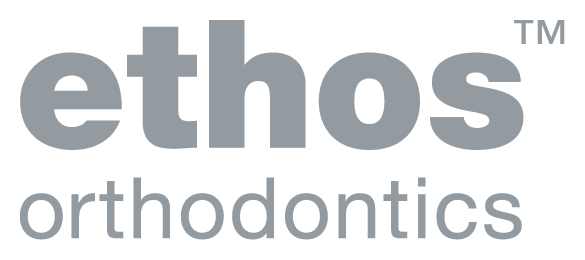Here is the dirty truth: Your toothbrush is a breeding ground for germs.
If you put your toothbrush under a microscope, what you would see would be shocking and disgusting.
It is quite likely that you would find a soup of Staphylococci, coliforms, pseudomonads, yeasts, intestinal bacteria and even fecal germs. As many as 10 million germs and bacteria can be found on a single toothbrush.
What is the proper way to clean your toothbrush to help remove germs?
- Prior to brushing your teeth, wash your hands with soap and warm water.
- Rinse your mouth with an antibacterial mouthwash before you brush your teeth to reduce the number of bacteria in your mouth.
- Thoroughly rinse your toothbrush with water after you brush to remove any remaining toothpaste and debris.
- Soak your toothbrush in an antibacterial mouthwash.
- Do store your toothbrush upright and in the open air. Do not put it in a closed container, as this creates a damp environment that is more conducive to the growth of microorganisms.
- Replace your toothbrush every three to four months or when the bristles become frayed or worn–whichever comes first. Also, always replace it after an illness.



